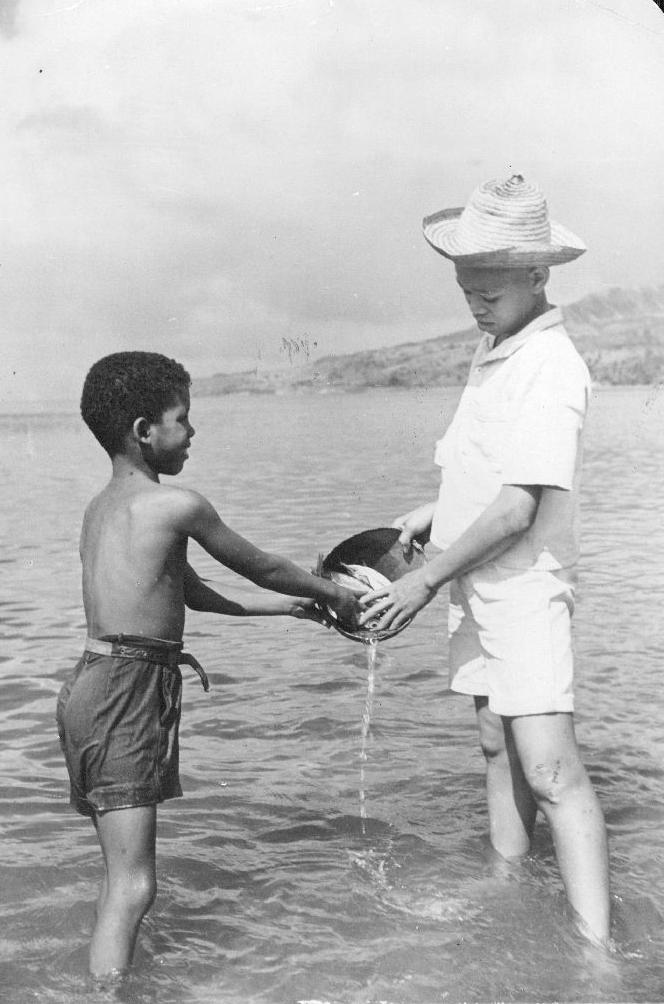
Figure 1.--Here we see two Martinique boys. We are not sure if they were fishing or their father was a fiherman. The photograph is undated, but looks like it was taken in the 1940s. |

|
Martinique in the Lesser Antilles is located located in the Leeward (Windward) Islands, north of St. Lucia and south of Dominica. There are beautiful white sand beaches in the south. Rain forests and black sand beaches are found in the north. The interior of the island is rugged mountainous terraine. Martinique. It is one of the two principal French Caribbean islands. Martinique like many Caribbean islands is of volcanic origins. Yje island is dominated by Mount Pelée. Martinique's first inhabitants foe which much was known were the Arawaks island hoping north from South America. Most were killed by an eruption of Mount Pelee (295 AD). Gradually the Arawaks returned followed by the more war-like Caribs, although scholars debate the origins and nature of the of the Caribs. Columbus discovered Martinque (1502). The Spanish were, hoever, unable to settle all the many Caribbean islands, And before the development of plantation sugar agriculture, the settlmt of many small islands was not economic. Esnanbuc oversaw French settlement (1635). Guadeloupe and Martinie were settled at the same time. Possessions was contested by the British. British possesion of Dominica separated Martinique frpm the other French island, Guadeloupe. The sugar culture developed by the Dutch in Brazil was introduced in Martinique (1654). Sugar made Martiniue a very valuable possession for France. It soon became the principal crop with exports of both sugar and rum. Captive Africans had to be brought into work as slaves on the plantations. Colonists living on the island have been subject to earthquakes, hurricanes, tidal waves, and volano eruptions. Virtually the entire population of Fort de France was killed by the eruption pf Pelée--30,000 people were killed (1902). Martinique is today an overseas department of France. It has an intriguing mix of Creole, African, French and Indian cultures. The deep roots of the Creole culture come directly from many Africans imported to work the sugar plantations. Tourism flourishes on Martinique and hs become the major industry. The beaches climte and Crole culture attract hundreds of thousands of tourists and a popular stop for cruise ships.
Navigate the Boys' Historical Clothing Web Site:
[Return to the Main Latin American page]
[Return to the Main countries page]
[Introduction]
[Activities]
[Biographies]
[Chronology]
[Cloth and textiles]
[Clothing styles]
[Countries]
[Topics]
[Bibliographies]
[Contributions]
[FAQs]
[Glossaries]
[Images]
[Links]
[Registration]
[Tools]
[Boys' Clothing Home]
